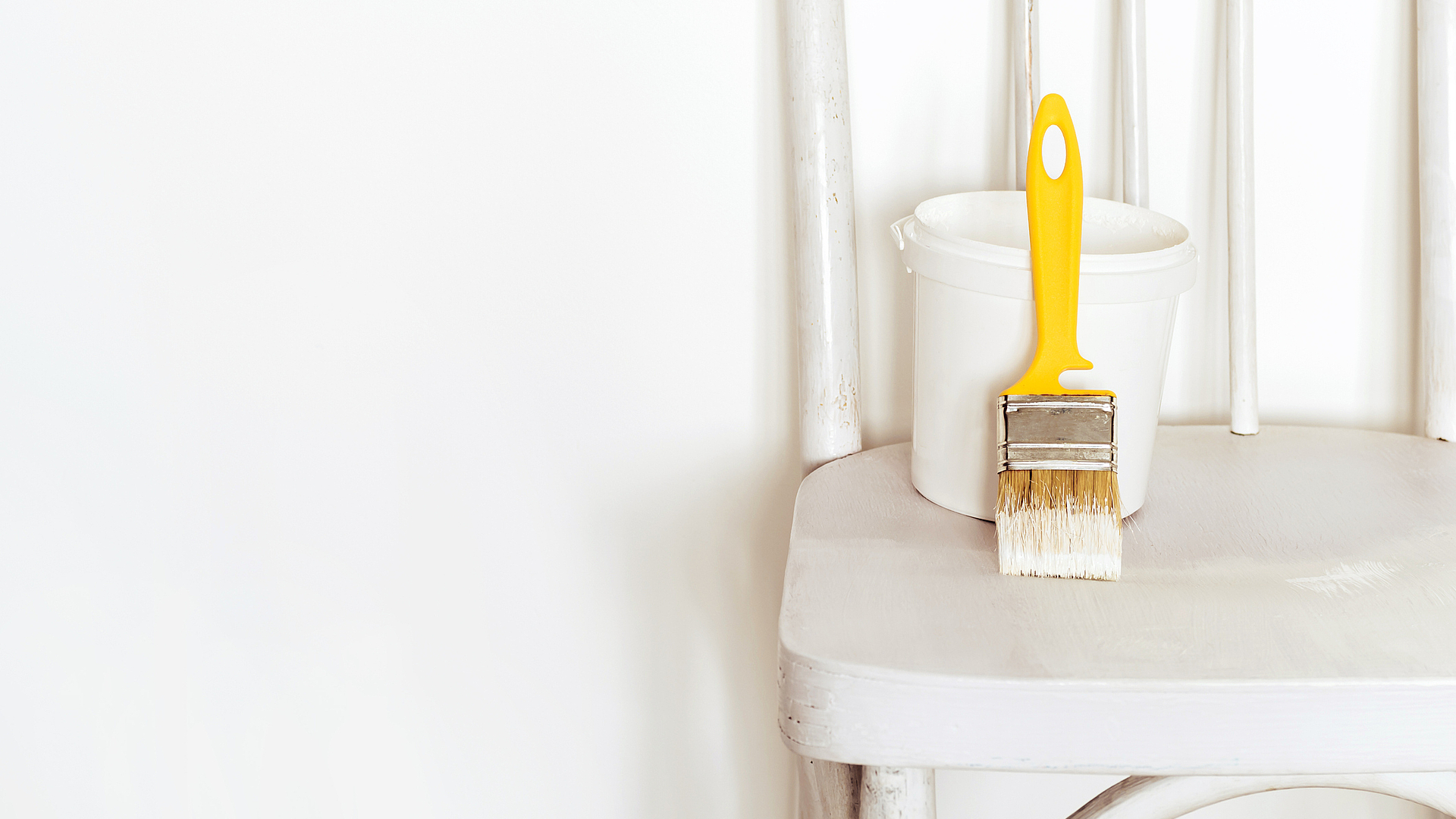
Oldies but goodies: upcycling in the kitchen
Upcycling injects new life into tired items and worn-out clothes. This isn’t just trendy, it also enables you to create sustainable, unique pieces. There are several cool hacks on how to make your own items for kitchens. We’ll share them with you.
Upcycling, downcycling or recycling?
Firstly, ‘recycling’ means converting discarded items into different items of the same quality. This is based on an industrial process where the raw materials are broken down into their elements and reconditioned. Metal and glass are melted down and given a new shape, waste paper is converted into recycled paper and high-quality plastic becomes a new product.
‘Upcycling’, on the other hand, is the manual or artistic processing of entire objects or parts thereof. The newly created product can have a completely different purpose to the original and also have been aesthetically enhanced. For example, an old chair can provide the necessary material to create a seed starting shelf or be repainted as a seat but with a new look.
Even luxury fashion providers now perform this special kind of recycling. With young designers long since having used old clothing as a basis for their designs, even major fashion houses are now turning to upcycling. A further sustainable option is that of downcycling, where the starter materials lose some of their quality. For example, a T-shirt could be turned into a cleaning cloth.
Is upcycling for you?
The principle of upcycling has been around for hundreds of years. In times of shortage in particular, people make new everyday objects from old ones. Although primarily about functionality, things are sometimes simply too nice to be thrown away. When it comes to DIY furniture construction, Euro pallets have become a standard building material, used to make entire pieces of furniture such as herb shelves.
Whether practical or just pretty, what matters when determining if it is worth you upcycling something is whether you have a use for the new product. In order to be sustainable, you should also need to buy as little material as possible for the repurposing. This is because upcycling is about reducing waste and conserving resources. You also produce unique items and can look back on the product of your creativity with a sense of contentment.
Brief upcycling basics for the kitchen
To help you get started upcycling, we’ve provided a few simple suggestions that you can use to transform old items into new ones for your kitchen:
- Empty glass bottles and jam jars can be thoroughly cleaned and used as storage containers, lanterns and vases. You can inscribe them, paint them or stick things on them. An empty glass container with a personal message on it also makes the perfect packaging for little gifts from the kitchen, such as pesto.
- Old books can easily be used to create a knife block. Simply place the books right next to each other and fasten them together with a strong binding, for example made from jute. You can now insert the knives between the pages from the top.
- Have you got individual plates, glasses and co. that you no longer use or that are chipped or damaged? Then create a colourful mosaic by smashing them up and artistically gluing the individual fragments to a piece of wood or straight onto the wall.
- Discarded baking trays can be coated with chalkboard or magnetic paint to create a noticeboard that you can write messages on or attach things to.
Upcycled items go well with interiors that use natural materials. We hope you have fun creating and combining